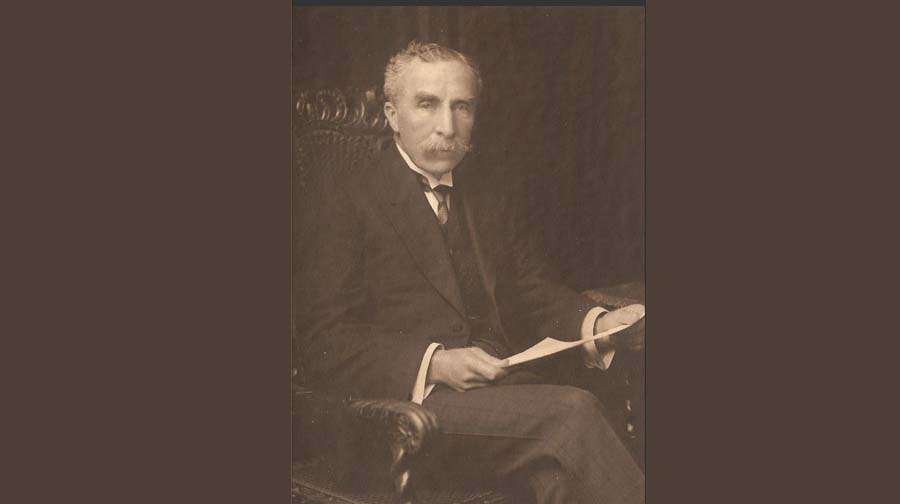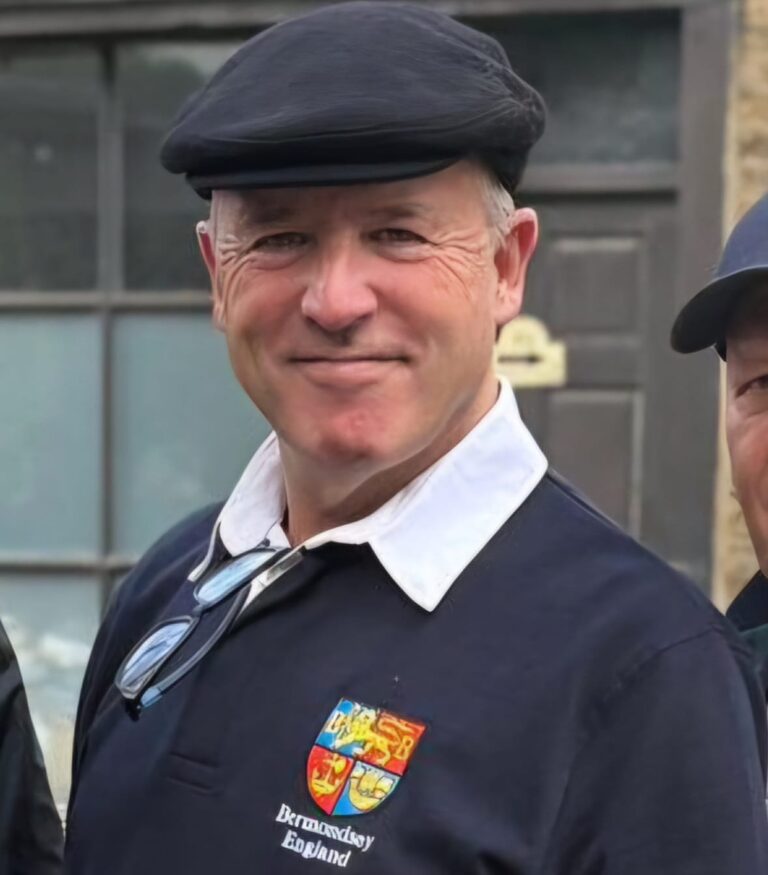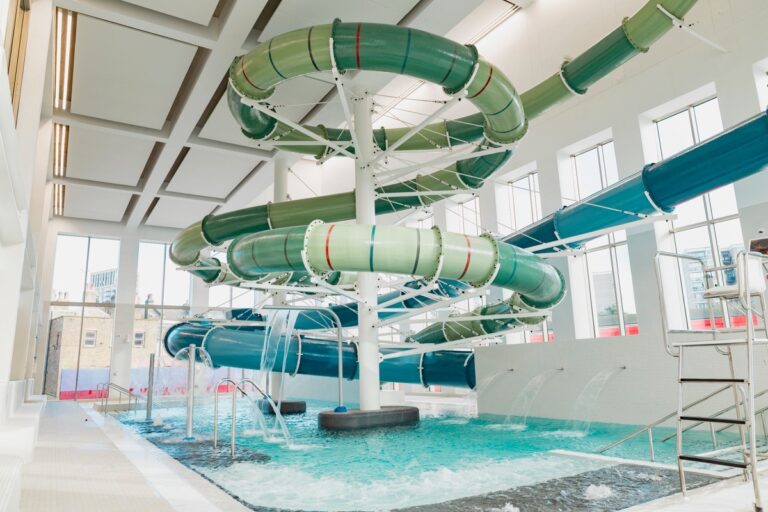I was wondering what to write about this week so I picked up a pin and chose a firm at random from John Smith’s History of Charlton. What came up was A.C.E. Holdings who were in Westmoor Street and made various sorts of machinery. I couldn’t really get to grips with them apart from finding out they began in Brixton. Then I realised that what they had done was to take over a company called William Jones & Co. who were based in Westmoor Street – so I thought I had better see what I could find out about William Jones.
I checked out what John Smith had written about William Jones & Co. but it all turned out to be a little bit not quite true. I wondered if he had compiled his article from a series of interviews, perhaps with past members of the workforce. I can find no other information about them – apart from in a book produced by the Industrial Railway Society which talks about companies who handled various industrial railway locomotives and I’ll come back to that later on.
The original William Jones in the William Jones Company was born in Deptford, in Counter’s Hill, which today is Lewisham Road. He seems to have spent his childhood in the Florence Road, Deptford. His mother was Harriet Preston, and I’ll come back to her in a moment.
His father was James Jones who was ‘whitesmith’ from Cornwall. He had come to London where he was working as a tailor or a cutter – a tailor’s cutter is of course a very, very skilled occupation and extremely different from a whitesmith who is a sort of metal worker. I wonder what this change of occupation is about. His father – William’s grandfather – came from Westminster and seems to have been a sailor who fought at the Battle of Trafalgar and then became a Pensioner at Greenwich Hospital. He is said to have been the Armourer on board HMS Conqueror at Trafalgar. That’s an important position, particularly if your ship is fighting in a major naval battle.
Anyway, back to William. John Smith says that in 1880 he started a business as an iron and steel merchant based in Upper Thames Street – this must be an office of some sort, not somewhere which could function as an iron foundry. He would have been about 30 by then, so he must have been doing something else before that and I suspect he was working as a clerk in a similar business. John Smith says he then opened a yard and a small workshop in Creek Road Deptford and expanded into civil engineering design.
If you trawl through the net looking for William Jones, putting in the address in Upper Thames Street, you come up with several web sites about work to preserve old machinery, most of which relate to the preserved railway world. These items all have a maker’s plaque on them which says ‘William Jones, Upper Thames Street’. For example, one of the items is a huge tank which is on Rickmansworth Railway Station. I think that Rickmansworth is very proud of the tank but I can’t find out how much water was stored in it. However it is huge and a considerable space would have been needed to build it in. Another item concerns a clock from Creeslough Railway Station in Ireland. This is a puzzle because clock making is a very precise trade and there were specialist clockmakers who didn’t also make giant tanks. So who really made it?
If William Jones was actually involved in making all of these items he would have needed a huge manufacturing establishment. Or, more likely, was he an agent for all sorts of manufacturing companies whose products he sold to the railway world?
John Smith says that William Jones opened a small workshop and yard in Creek Road, Deptford. I have been unable to track this down – although such sites are easily missed and I don’t have access to the ‘Rate Books’ (records, hopefully very accurate, kept by the local authority about who paid the rates on which site). What I did find under ‘William Jones’ in directories was a workshop of some size in the arches below Deptford Station. In 1909 this workshop was visited by Alfred Bennett, who wrote a book about the history of the Greenwich Railway. He describes at some length the old railway maintenance yard which was alongside and south of the station, roughly on the site where what used to be called the ‘inclined plane’ has now been restyled as ‘Deptford Carriage Ramp’ and the area around it ‘Deptford Market Yard’ full of cafes and the like. In 1909 Mr Bennett interviewed the foreman of ‘Mr William Jones and Co., machinery contractors’ who leased the yard here and several of the railway arches. He adds that two of the railway arches were used for contractor’s locomotives. How did they get to the site? Speculatively I wonder if they were hauled down to the workshops from the railway via the inclined plane, aka carriage ramp. Mr Jones’ foreman told him that the site was formerly occupied by ‘brass foundry’.
One company was famous for having an early factory in the arches underneath Deptford Station. This was JosiahStone whose works was to become J Stone and Company, engineers, based in Deptford and Charlton, with an international reputation. Josiah Stone had been employed by Gordon & Co who were foundry men and ship builders with a site between the River and Deptford Green. They had begun as a ‘braziers’, working in brass and copper amd Josiah Stone set up his own workshop nearby to make copper nails and rivets. In 1842 he moved to vacant spaces under Deptford railway station. His business expanded rapidly to build new works in surrounding streets and his company gave up the tenancy of the railway arches in 1881 – around the time when William Jones moved in.
Stone’s, although begun by Josiah Stone, was not actually run by anyone of that name after Josiah died in 1867. From then on it was run by his partners George Preston and John Prestige. George Preston had a daughter called Harriet and, well, William Jones’s mother’s name was Harriet Preston. John Prestige had a granddaughter called Maria, and William Jones’ first wife was a Maria Prestige. So William Jones seems to have moved into the premises recently vacated by his uncle amd his grandfather-in-law. It seems to me that there are issues here which need to be explained. Some of those issues are about the sourcing of all these items which claim to be made by William Jones of Upper Thames Street.
William Jones had three sons, William Prestige Jones and Edward Percy Jones. His wife Maria sadly died while they were very young and William married again, a Caroline Bath and had two daughters and another son, Arthur Basil Jones.
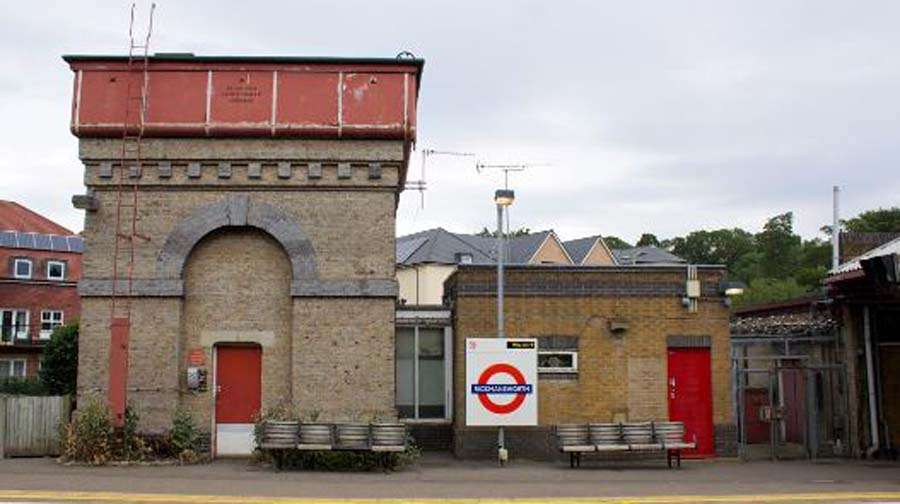
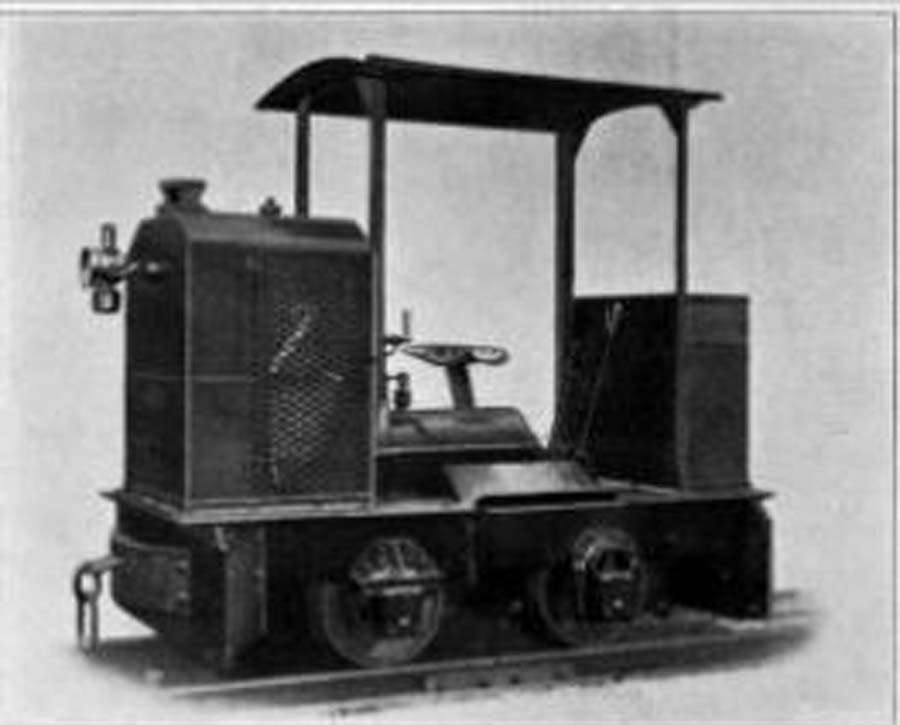
By then he had moved to Orpington. His house lay to the east of Orpington station. The area is now suburban roads, with some very nice and rather upmarket housing and some of the road names reflect that this was built on part of the estate of a big house called Lynnwood. This house stood in extensive grounds and it is where Williams Jones and his family lived.
In 1922 the three sons took out a lease on Granite Wharf in Banning Street in Greenwich and I’m somewhat ashamed to say that despite all the enormous amount of work that I’ve done on this area of East Greenwich I’ve never come across the Jones Brothers on that site. My impression was that Granite Wharf was leased to Mowlem when it was built and continued with their successor companies – so you learn something new every day! They are also said to have given up the lease on the Deptford station site at around this time. William Jones himself died in 1925. In his later years he is said to have been involved with the Brockley Baptist Church and with the Sunday School Union.
Of the three brothers, Edward Percy died and Arthur Basil left to form the Kentish Brick Company and so the younger William continued to run the company with two other associates. In 1936 they moved to a large site at Westmoor Street in Charlton where they built four long corrugated iron sheds and had over 60 workers to make their various metal products. At this stage they were producing equipment for sewage works.
But what they seem most famously to have been doing in both the Greenwich and Westmoor Street sites was handling industrial railway locomotives. They had some sort of arrangement with a German company called Orenstein and Koppel with exclusive rights over their MontanIa locomotive. Orenstein were eventually to move to America but until 1939 their sales in Britain were handled by William Jones who built the locos from a sort of kit supplied from Germany.
I find this puzzling in particular with the Banning Street Granite Wharf site. In all the years I have been researching the area I have never found a reference to locomotives being built there. There are a lot of rail fans out there – why did none of them remark on it.Why have I seen no references to small boys watching them being taken out of the site on low loaders, for instance?
However the industrial railway history world is clearly very interested in Jones and his locomotives. The Jones company has by far the longest entry in the London site reference book. I haven’t tracked back any of the many references to the engines made here but I am sure there must be several out there in private hands, in museums, preserved railways, or rotting in people’s back gardens.
The Jones company survived the war with some bombing but no loss of life or production. However they were losing out to other companies and in the early ‘60s were taken over by A.C.E. Holdings although some ‘William Jones’ subsidiary companies continued.
It’s been a very quick run through, and perhaps a preliminary, of what is clearly a very important company and family – but one of which has hardly been noticed and about whom a lot of questions remain.
Where was all the stuff they sold made? What was their relationship to Stone’s? Why can I find no references to locomotive building in Banning Street?


